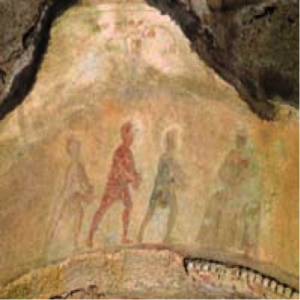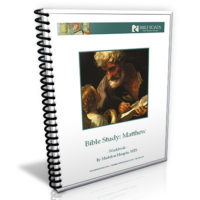Do you find that some aspects of the Christmas story, no matter how familiar, stand out to you more some years than others? For me this season, it was those mysterious magi.
What do we really know about these exotic visitors from a distant land? Are they a fulfillment to Biblical prophesies, and if so, which ones and how? What answers does the Biblical text provide vs. traditions unsubstantiated? Do they symbolize a broader reach of the Christ savior’s message to a world distinguished only by its receptivity? And of course we want to know if their journey has lessons for us today.
These are some of the questions that came up in rereading the only mention of these strangers to Jesus at his birth, in the Biblical account of Matt. 2:1-12. Neither their names nor their number appear in Matthew’s gospel. The King James Version (KJV) simply says ‘there came wise men from the east’ (2:1) while the New Living Translation (NLT) writes: “About that time some wise men from eastern lands arrived in Jerusalem….”
Centuries of traditions, however, decided there must have been three, probably tied to the three gifts given (2:11). Also later concluded was that these were not just wise men but kings (perhaps because of the wealth of the gifts). Names were assigned: Balthassar, Melchior and Gaspar (often spelled Caspar). And in some Christian traditions, gift giving occurs twelve days after Jesus’ birth (Dec. 25th), on January 6th, in commemoration of the magi’s gifts, called Feast of the Epiphany.
What is most telling is that these ‘wise men’ (thought to be priests, astronomers, astrologers, or some combination of all) were depicted in the earliest Christian art more than any other aspect of Jesus’ birth or infancy. Whether in frescos over ancient arches (such as the 3rd century catacomb of Priscilla in Rome), or on 4th century sarcophagi, such as one in the Vatican Museum), the story obviously carried great import. Why?
There are probably several reasons. First, what about the Biblical prophesies, such as Ps. 72:10-11. The western kings of Tarshish and other distant lands will bring him tribute. The eastern kings of Sheba and Seba will bring him gifts (NLT). We know how extensively the early Christians interpreted the story of Jesus in light of the Hebrew Scriptures, as seen in references throughout Paul’s letters, the Book of Hebrews or the Gospels themselves. Here the Savior’s message is clearly for the world far beyond the bounds of Israel.
The early church also had a bookend type of approach to the magi. Just as these visitors understood Jesus’ role as Messiah at the beginning of his life, so that Messianic role meant eternal life evidenced in the Master’s own resurrection at the end of Jesus’ human journey. Thus, much of the art that included the magi’s journey was in funerary settings and on sarcophagi, a pictorial depiction of the Gospel’s message of eternal life for all who believed.
Another possible reason for the importance of the magi’s visit was the divinity that explained their pilgrimage. Why else would those from a distant place travel to pay homage to a baby born in such humble circumstances if that unusual heavenly occurrence – a star that outshone all others – hadn’t led them to the Bethlehem manger? What spiritual heft this brought to a tiny infant’s birth! Such a divine sign enabled those magi to be the first to perceive him as both child and King. Where is he that is born King of the Jews? for we have seen his star in the east, and are come to worship him (Matt. 2:2, KJV).
There are probably many more reasons for the love of the magi’s journey by early Christians, although told in only twelve verses in a single Gospel.
Perhaps the most relevant to us today is the receptivity those magi showed that enabled them to both see and follow that heavenly light. We can show similar appreciation and reverence by acknowledging the divine impetus that summoned the wise men continues to draw today’s spiritual seeker with the promise and deliverance of salvation for all.




